Childhood obesity and adult cardiovascular disease risk factors: a systematic review with meta-analysis
- PMID: 28851330
- PMCID: PMC5575877
- DOI: 10.1186/s12889-017-4691-z
Childhood obesity and adult cardiovascular disease risk factors: a systematic review with meta-analysis
Abstract
Background: Overweight and obesity is a major public health concern that includes associations with the development of cardiovascular disease (CVD) risk factors during childhood and adolescence as well as premature mortality in adults. Despite the high prevalence of childhood and adolescent obesity as well as adult CVD, individual studies as well as previous systematic reviews examining the relationship between childhood obesity and adult CVD have yielded conflicting results. The purpose of this study was to use the aggregate data meta-analytic approach to address this gap.
Methods: Studies were included if they met the following criteria: (1) longitudinal and cohort studies (including case-cohort), (2) childhood exposure and adult outcomes collected on the same individual over time, (3) childhood obesity, as defined by the original study authors, (4) English-language articles, (5) studies published up to June, 2015, (6) one or more of the following CVD risk factors [systolic blood pressure (SBP), diastolic blood pressure (DBP), total cholesterol (TC), high-density lipoprotein cholesterol (HDL), low-density lipoprotein cholesterol (LDL), non-high-density lipoprotein cholesterol (non-HDL), and triglycerides (TG)], (7) outcome(s) not self-reported, and (8) exposure measurements (child's adiposity) assessed by health professionals, trained investigators, or self-reported. Studies were retrieved by searching three electronic databases as well as citation tracking. Fisher's r to z score was calculated for each study for each outcome. Pooled effect sizes were calculated using random-effects models while risk of bias was assessed using the STROBE instrument. In order to try and identify sources of heterogeneity, random-effects meta-regression was also performed.
Results: Of the 4840 citations reviewed, a total of 23 studies were included in the systematic review and 21 in the meta-analysis. The findings suggested that childhood obesity is significantly and positively associated with adult SBP (Zr = 0.11; 95% CI: 0.07, 0.14), DBP (Zr = 0.11; 95% CI: 0.07, 0.14), and TG (Zr =0.08; 95% CI: 0.03, 0.13), and significantly and inversely associated with adult HDL (Zr = -0.06; 95% CI: -0.10, -0.02). For those studies that adjusted for adult body mass index (BMI), associations were reversed, suggesting that adult BMI may be a potential mediator. Nine studies had more than 33% of items that placed them at an increased risk for bias.
Conclusions: The results of this study suggest that childhood obesity may be a risk factor for selected adult CVD risk factors. However, a need exists for additional, higher-quality studies that include, but are not limited to, both unadjusted and adjusted measures such as BMI before any definitive conclusions can be reached.
Systematic review and meta-analysis: PROSPERO 2015: CRD42015019763 .
Keywords: Adults; Cardiovascular disease; Children; Meta-analysis; Obesity; Systematic review.
Conflict of interest statement
Ethics approval and consent to participate
Not Applicable.
Consent for publication
Not Applicable.
Competing interests
The authors declare that they have no competing interests.
Publisher’s Note
Springer Nature remains neutral with regard to jurisdictional claims in published maps and institutional affiliations.
Figures
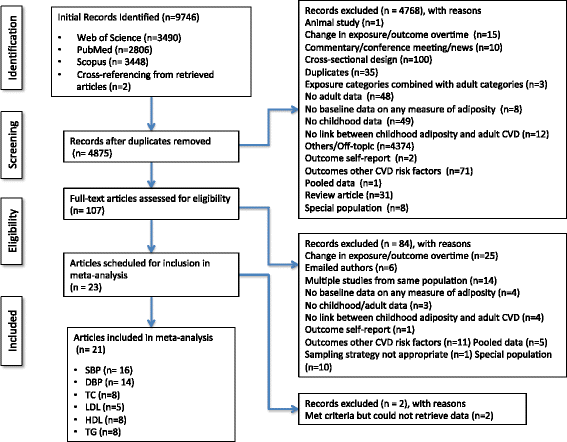
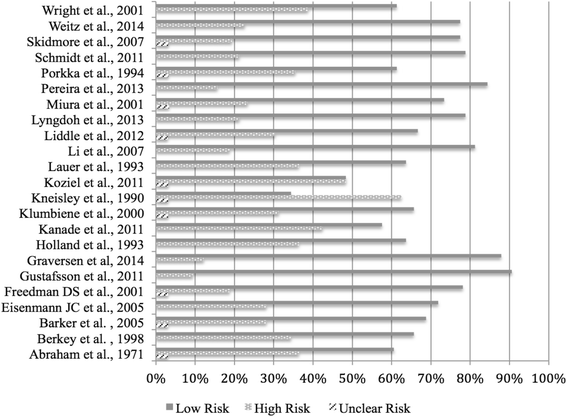
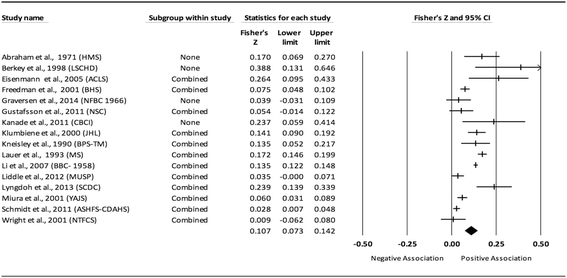


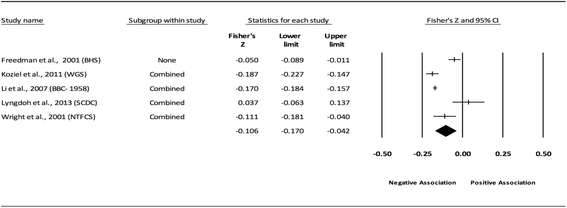
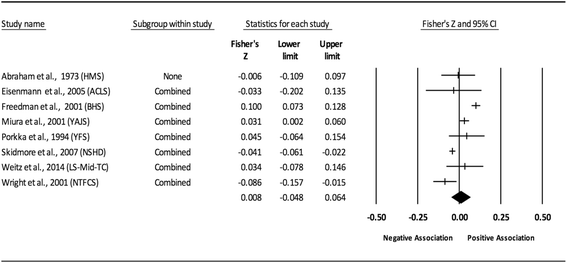
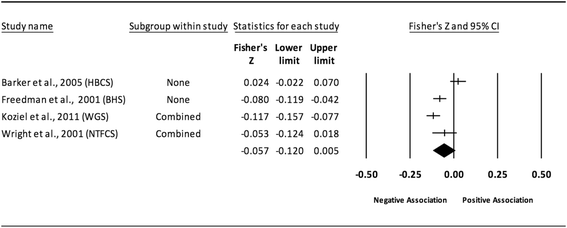
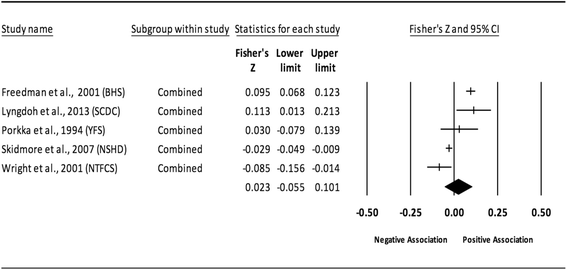
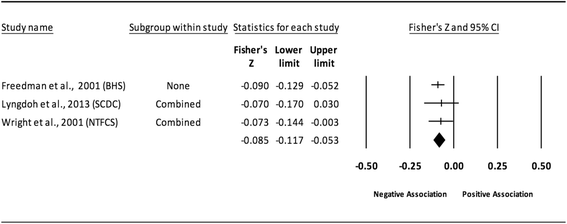
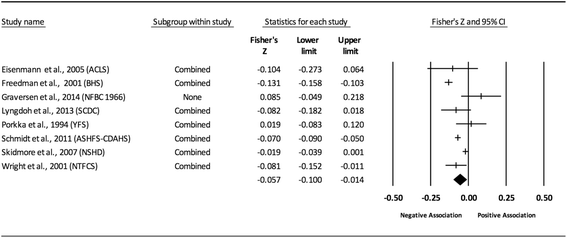
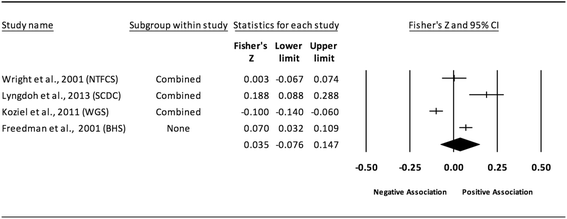
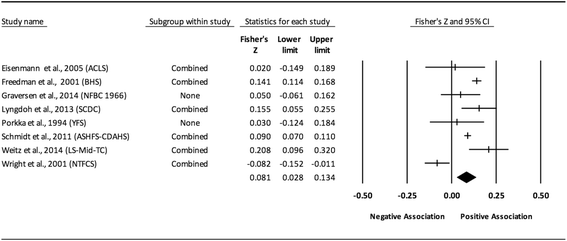
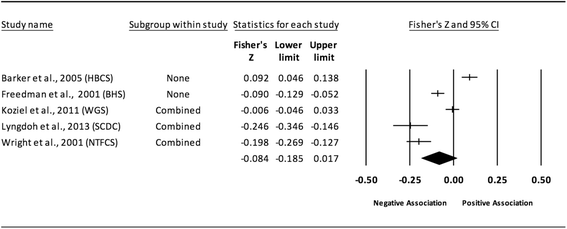
References
-
- WHO: World health statistics 2009. Geneva: World Health Organization 2009.
Publication types
MeSH terms
Substances
Grants and funding
LinkOut - more resources
Full Text Sources
Other Literature Sources
Medical
Molecular Biology Databases
Miscellaneous

